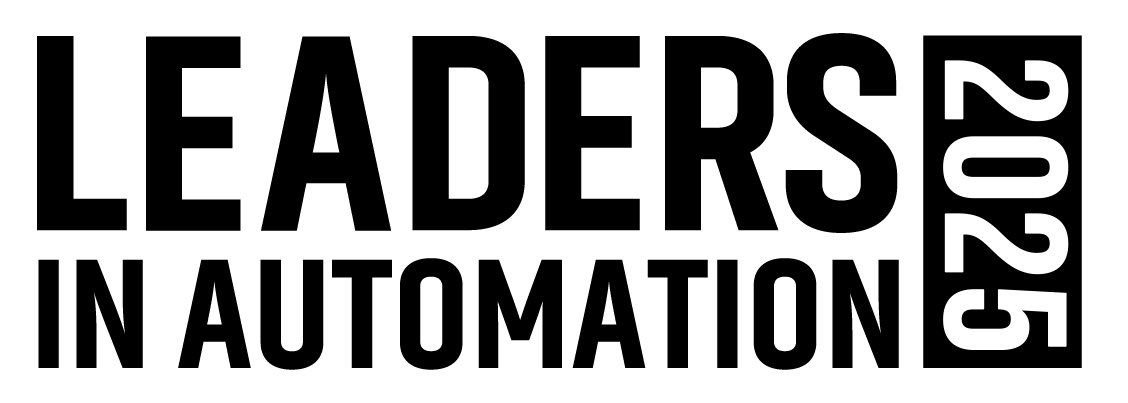Best Practices in Tier One Automotive Manufacturing (sidebar)
1. Ability to accept and respond to the electronic data interchange (EDI) Call-Off, or Pull-Signal. The pull-signal is the triggering event for the SILS solution to generate an accurate bill of materials and appropriate production orders for each workstation. Good implementations send work instructions directly to shop floor data terminals, and collect responses from automation devices or scanners to enable error proofing.
2. Error proofing capability. A Tier One supplier found responsible for stopping the production line can be liable for the full value of lost production, with threatened fines of $7,000 to $12,000 for each lost minute of production typical. Consequently, error proofing, termed Pokayoke by lean manufacturing practitioners, is just the key.
3. Traceability and enterprise-wide visibility. For some components, such as fuel tanks and tires, traceability is mandatory. However, when things go wrong, the default option is to blame the supplier. Consequently, it is not sufficient just to deliver the right parts in the right sequence, but it is necessary to prove that you did so days after “events” may occur.
See the story that goes with this sidebar: Best Practices in Tier One Automotive Manufacturing
